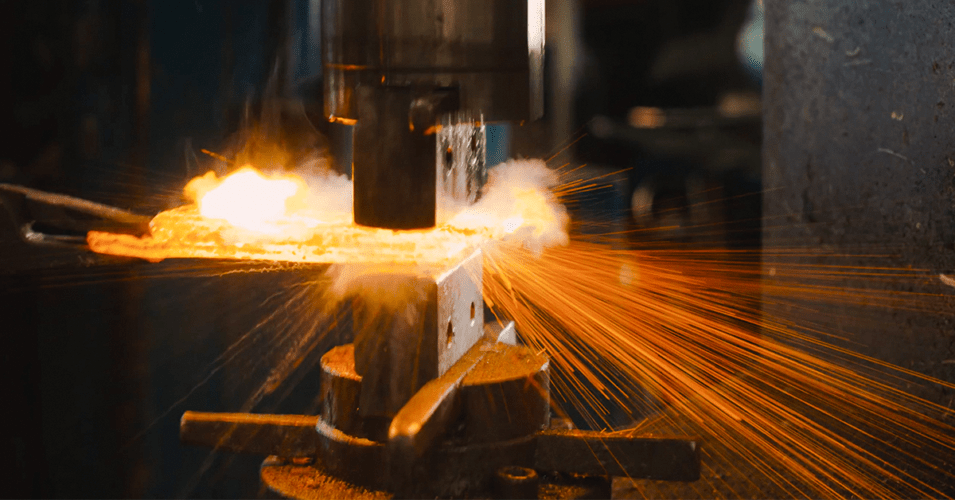Hot forging is a metalworking process that has been around for centuries, evolving from the blacksmith’s hammer and anvil to modern industrial processes. In hot forging, metal is heated to a specific temperature and then shaped using compressive forces. While this may seem like a straightforward process, the key to its success lies in precise temperature control. In this blog, we will explore the critical role of temperature control in hot forging and how it contributes to the success of this ancient metallurgical technique.
The Basics of Hot Forging
Before delving into temperature control, let’s briefly review the hot forging process. Hot forging involves three main stages:
- Heating: The metal workpiece is heated to a temperature that allows it to become malleable without reaching its melting point. The choice of temperature depends on the material being forged and its desired properties.
- Deformation: The heated metal is subjected to compressive forces, often in the form of hammer blows or hydraulic presses, to shape it into the desired form. During this stage, the metal experiences plastic deformation and takes on the shape of the die or mold.
- Cooling: After the desired shape is achieved, the forged component is cooled, typically in a controlled environment, to prevent the development of undesirable microstructures and to enhance its mechanical properties.
Now, let’s explore why temperature control is indispensable for each of these stages.
The Heating Stage
Temperature control plays a pivotal role in the heating stage of hot forging. Achieving and maintaining the correct forging temperature is essential to the success of the process. Here’s why:
- Optimal Plasticity: Metals exhibit different levels of plasticity at various temperatures. Heating to the correct temperature ensures that the metal is pliable enough to be shaped without cracking or rupturing.
- Reduced Strain: Heating to the right temperature reduces the amount of force required for deformation, which minimizes wear and tear on forging tools and equipment.
- Uniformity: Precise temperature control ensures uniform heating throughout the workpiece, preventing localized overheating or underheating that can lead to defects.
The Deformation Stage
Once the metal is heated to the appropriate temperature, it is subjected to compressive forces to achieve the desired shape. Temperature control remains crucial during this phase:
- Consistency: Maintaining the correct temperature throughout the deformation process ensures that the metal behaves predictably, resulting in uniform shapes and dimensions.
- Avoiding Workpiece Cooling: Continuous monitoring and, if necessary, reheating of the workpiece during deformation prevent it from cooling too quickly, which could lead to cracking and poor mechanical properties.
- Controlling Flow Stress: Temperature control affects the flow stress of the material. Higher temperatures reduce flow stress, making it easier to deform the metal.
The Cooling Stage
After deformation, the forged component must be cooled under controlled conditions. Temperature control is vital during cooling for the following reasons:
- Microstructure Control: Cooling too quickly can result in an undesirable microstructure, leading to reduced mechanical properties. Slow, controlled cooling allows for the formation of a more desirable grain structure.
- Stress Relief: Controlled cooling minimizes thermal stresses within the forged component, reducing the risk of cracks or warping.
- Enhancing Properties: Proper cooling can enhance the mechanical properties of the forged part, such as strength, toughness, and durability.
In the world of hot forging, precision is key, and temperature control is the linchpin of success. Achieving and maintaining the right temperature throughout the heating, deformation, and cooling stages is essential for producing high-quality forged components with the desired properties. Whether in traditional blacksmithing or modern industrial forging, understanding and mastering temperature control is the hallmark of skilled metallurgists and engineers. As technology continues to advance, temperature control systems are becoming increasingly sophisticated, enabling even greater precision and consistency in hot forging processes. Ultimately, temperature control is the bridge between the ancient art of forging and the high-precision manufacturing of today.
